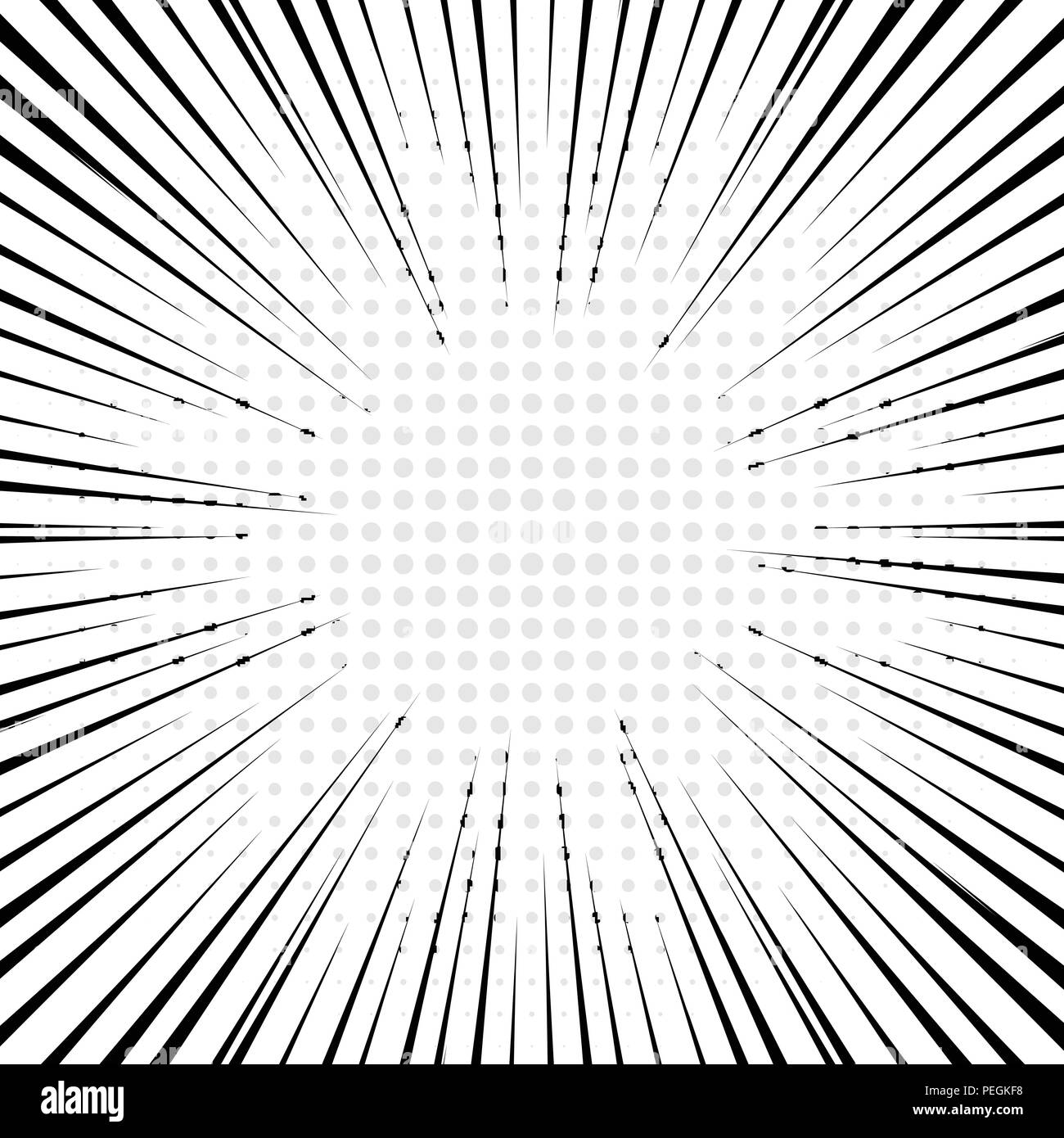

- Halftone pattern manga how to#
- Halftone pattern manga software#
- Halftone pattern manga free#
At a microscopic level, developed black-and-white photographic film also consists of only two colors, and not an infinite range of continuous tones. This reproduction relies on a basic optical illusion: when the halftone dots are small, the human eye interprets the patterned areas as if they were smooth tones. Where continuous-tone imagery contains an infinite range of colors or greys, the halftone process reduces visual reproductions to an image that is printed with only one color of ink, in dots of differing size ( pulse-width modulation) or spacing ( frequency modulation) or both. "Halftone" can also be used to refer specifically to the image that is produced by this process. Halftone is the reprographic technique that simulates continuous-tone imagery through the use of dots, varying either in size or in spacing, thus generating a gradient-like effect. Right: Example of how the human eye would see the dots from a sufficient distance. It is also possible to erase parts of the tone you just applied.Left: Halftone dots. For example, you might want to add more tones to your drawing. But there’s another kind of editing that you can do on your tones.

Now, these are all the settings and options that you have available on the Layer Property window. Usually, for printing, it is set to ‘None’, since it might print weirdly, so do pay attention to that!
Halftone pattern manga software#
When set to ‘None’ the software won’t make these changes.

But basically, when having it set to ‘Yes’, it will create some blurriness to each dot, giving it a bit of a gradient effect.
Mask Expression: you can see more the changes when erasing parts of your halftone. But if you’re using more than one, it might be useful to move the dots around, so the tones don’t overlap too much. If you’re using only one halftone, this setting doesn’t change much to you. Dot Position: you can change the position of your dots, use ‘X’ to move the dots horizontally and ‘Y’ to move them vertically. Basically, these options let you change its size, how rough it looks and even distort it. Noise Size and Factor: if you chose, as your pattern shape, the noise option, you can also make some edits to it. Halftone pattern manga free#
It is usually set to 45º, but feel free to play with it and see how you prefer your tone to look like.
Angle: if you’re using other shapes than circles, you’ll notice that changing the angle of the pattern will make a difference. If you click the pull-down menu, you’ll notice you have quite a lot of possibilities, like lines, squares, start and even flowers! Dot Settings: apart from dots, there are quite a lot of other shapes that you can use for your pattern. The bigger the number, the darker your tone will be. Density: by moving the slider, or typing a number, this will change how dark the tone will look. When you find something you like, keep it! If you click the arrow, a pull-down menu appears and you can choose among several numbers, that are often used in manga! Play with the bar and numbers and see they’re differences. The smaller the number, the bigger the dots and the bigger the number, the smaller they’ll be. Number of screen frequency: just like when creating a tone layer, you can set the number of halftone dots. The tone will be created and then I can go edit and change it and see the changes as I tinker with the options. This is mostly why I prefer to create my tone by dragging the material. In here, you can edit how your tone will behave and you can see the changes in real time. Note that you can always edit your tone layer! For example, if you wish to change the shape of the tone, density, frequency, and others, you can go to the ‘Layer Property’ window, right above your layers window. As you can see there are quite a lot of options to use and experiment. It is also possible to change the shape! You can change the type of shape you want your tone to have. You can change the number of screen frequency and its density, meaning how dark or light the tone will look like. Note that here you can edit your tone right off the bat. Now, with the selection done, go to ‘Layer -> New Layer -> Tone…’. If you want to add more here and there it’s rather easy to do later. It’s always preferable to make a selection of where you want your screentone to go. Instead of dragging and dropping, you can also create a tone layer right off the bat. Method 2 – Using The Clip Studio Paint Tone Layer You might even find some other possibilities for your tones! I really like using their Asset App to get new materials and to experiment with different styles. Halftone pattern manga how to#
If you want to learn more about materials, how to use and install them, I recommend checking my Clip Studio Paint Material Guide.







 0 kommentar(er)
0 kommentar(er)
